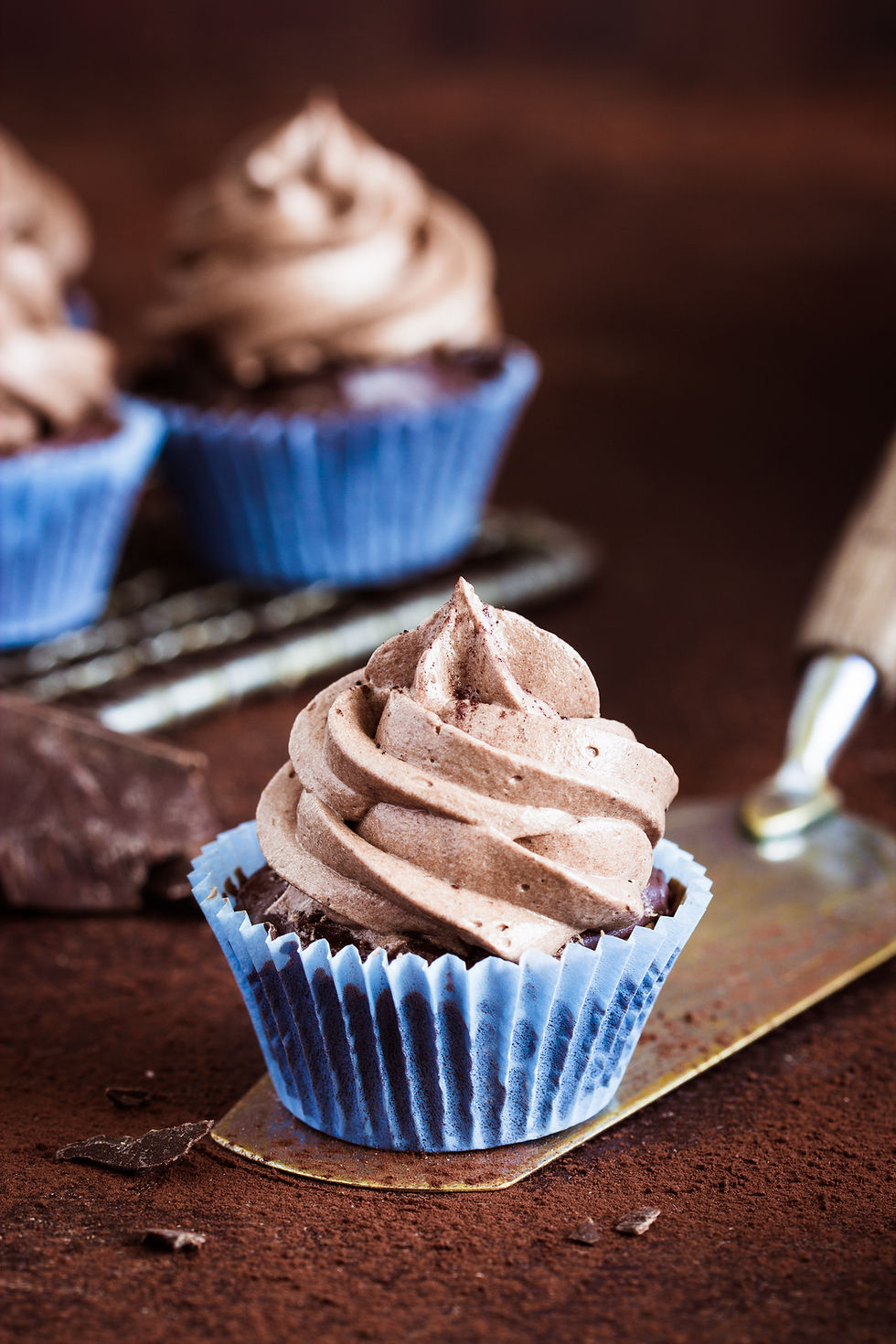Red Velvet Cake - History
- Wikipedia
- Jul 8, 2016
- 2 min read
Updated: Apr 27, 2020

Red velvet cake is a chocolate cake with either a red, bright red or red-brown color. It is traditionally prepared as a layer cake topped with cream cheese or cooked roux icing.
Common ingredients include buttermilk, butter, cocoa, and flour for the cake, beetroot or red food coloring for the color.
History
James Beard's reference, American Cookery (1972), describes three red velvet cakes varying in the amounts of shortening, butter, and vegetable oil. All used red food coloring, but the reaction of acidic vinegar and buttermilk tends to better reveal the red anthocyanin in cocoa and keeps the cake moist, light, and fluffy. This natural tinting may have been the source for the name "red velvet", as well as "Devil's food" and similar names for chocolate cakes. Contemporarily, chocolate has often undergone Dutch processing, which prevents the color change of the anthocyanins.
When foods were rationed during World War II, bakers used boiled beet juices to enhance the color of their cakes. Beets are found in some red velvet cake recipes, where they also serve to retain moisture. Adams Extract, a Texas company, is credited with bringing the red velvet cake to kitchens across America during the Great Depression era, by being one of the first to sell red food coloring and other flavor extracts with the use of point-of-sale posters and tear-off recipe cards. The cake and its original recipe are well known in the United States from New York City's famous Waldorf-Astoria Hotel, which has dubbed the confection Waldorf-Astoria cake. However, it is widely considered a Southern recipe. Traditionally, red velvet cake is iced with a French-style butter roux icing (also called ermine icing), which is very light and fluffy, but time-consuming to prepare. Cream cheese frosting and buttercream frosting are variations that have increased in popularity.
In Canada, the cake was a well-known dessert in the restaurants and bakeries of the Eaton's department store chain, in the 1940s and 1950s. Promoted as an exclusive Eaton's recipe, with employees who knew the recipe sworn to silence, many mistakenly believed the cake was the invention of the department store matriarch, Lady Eaton.







Comments